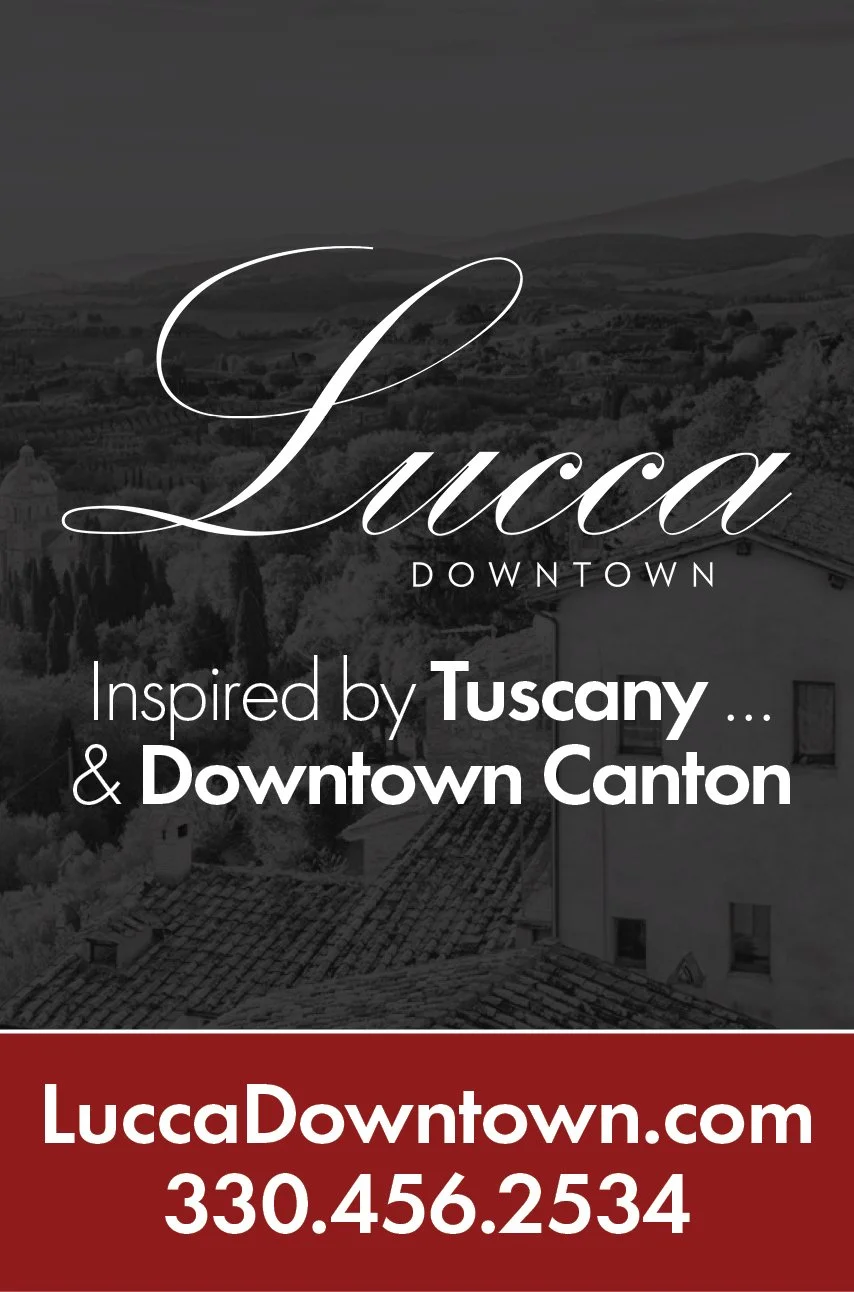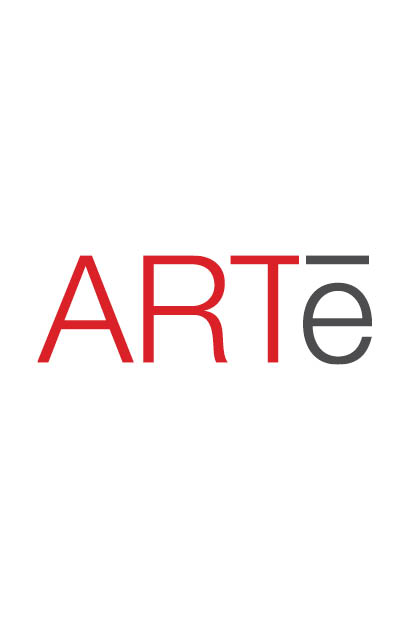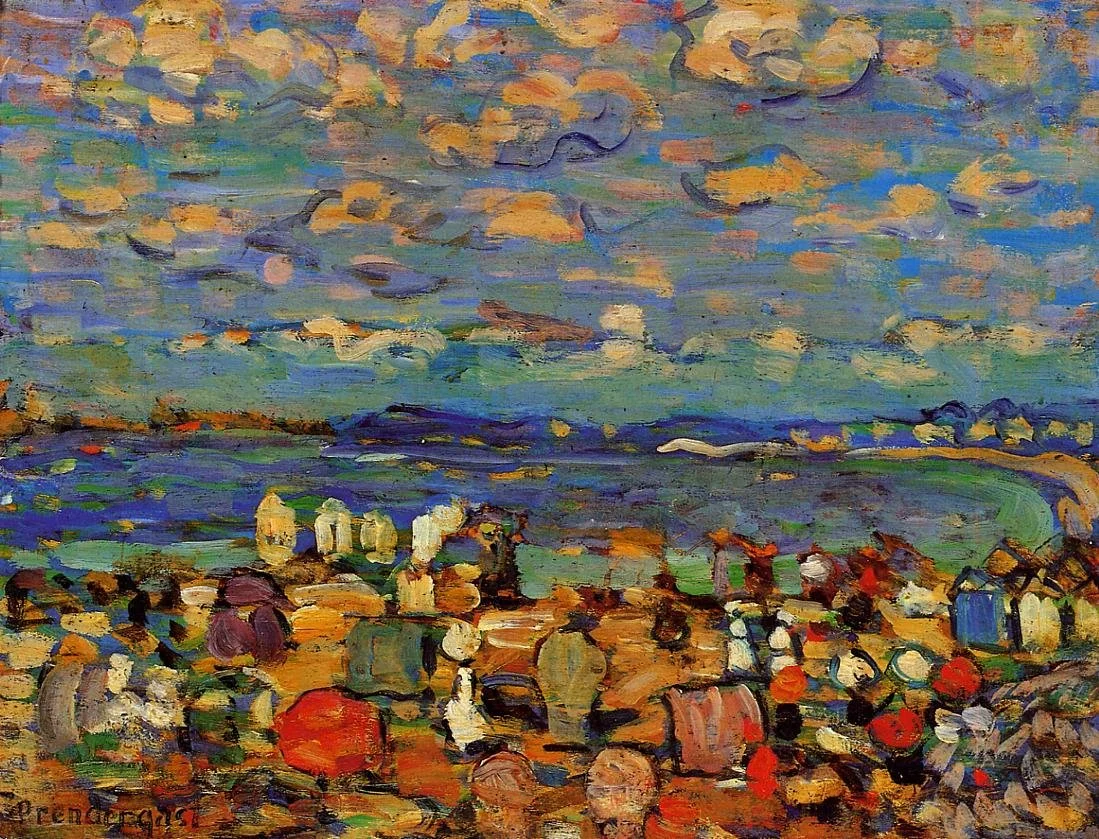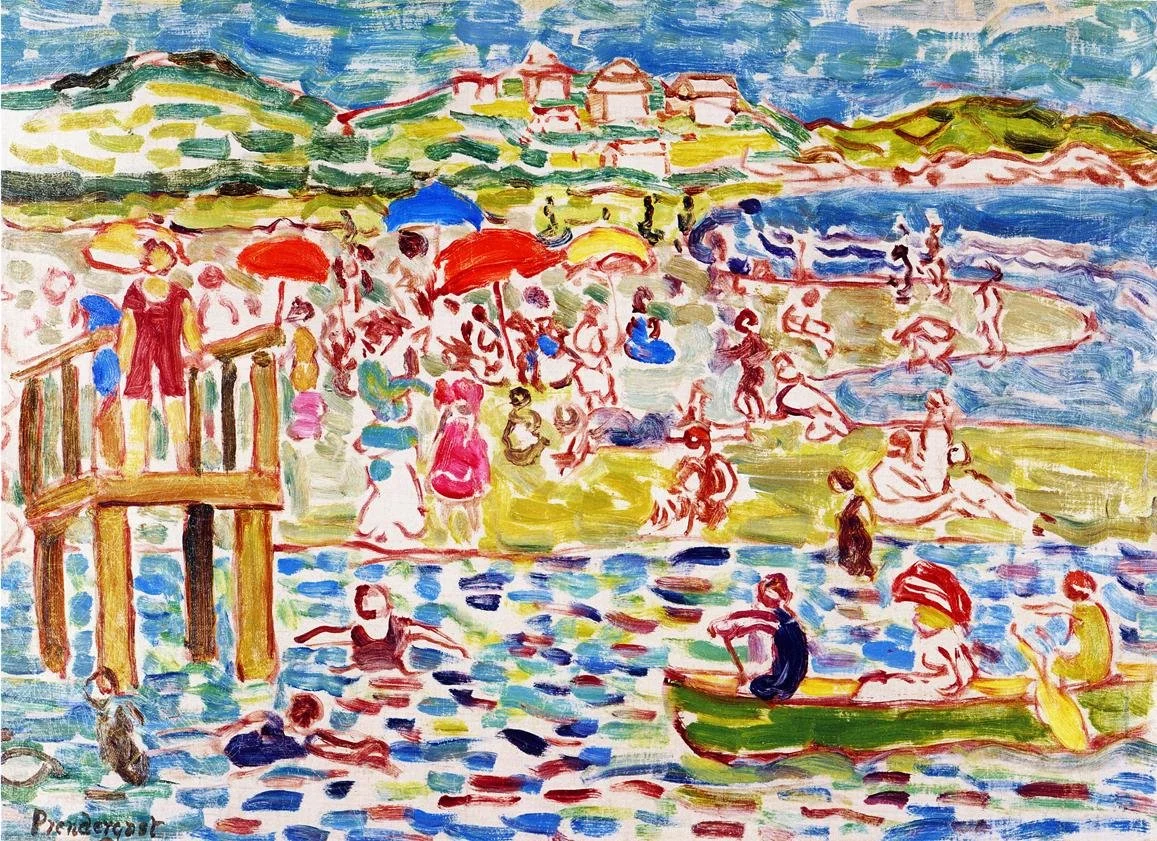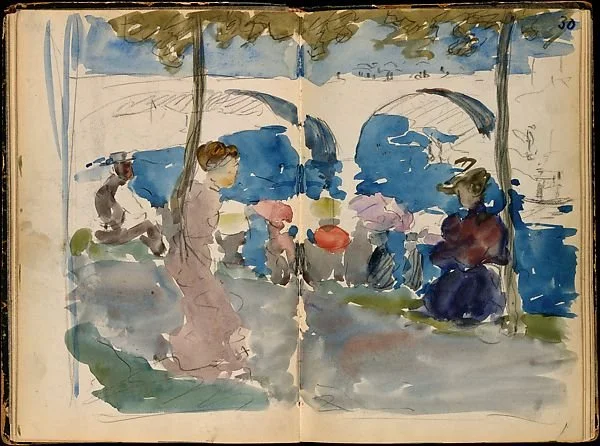Maurice Prendergast • American (1858 - 1924)
The Grove, Lynn C: 1910-11 • Watercolor on Rag 22” x 27.75”
Few people realized that the quiet, mild-mannered Victorian-era watercolorist was one of America’s great rebels. The gaiety of his work and his shy New England-bachelor lifestyle hid the way his paintings undermined the entire order of American art in the early 20th century. At the time, art was realism and nothing else. It was the way people learned about distant lands, mythical stories and other people. But, around the time Maurice Prendergast entered this world in his family’s Newfoundland home, photography became both practical and popular.
Freed from the chore of introducing people to the real world, artists in Europe began turning their attention to more abstract concepts like color, light, and shapes. Prendergast, who’d left school at the tender age of 14, spent his early 20s in Paris making the acquaintance of these more modern artists. Whistler, Cezanne, Seurat and, especially Paul Gauguin filled his head with new ideas about what art could be. Prendergast, in turn, mixed these ideas with his own rather unconventional thoughts and produced a strange modern brew he brought back to America.
Settling in New York with his brother Charles, Prendergast fell in with The Eight, the Ashcan artists who became one of the most famous groups in American history. Ashcan artists had a gritty, urban style that stamped them as true revolutionaries in an America that worshipped pastoral landscapes and realistic portraits. Seeing the milquetoast Prendergast with this crew was a bit like finding Forrest Gump sitting around the campfire with Che Guevara. Unexpected, and a bit unsettling. It also caused more than a few art critics scrambling to find their thesauruses.
(story continues below break)






